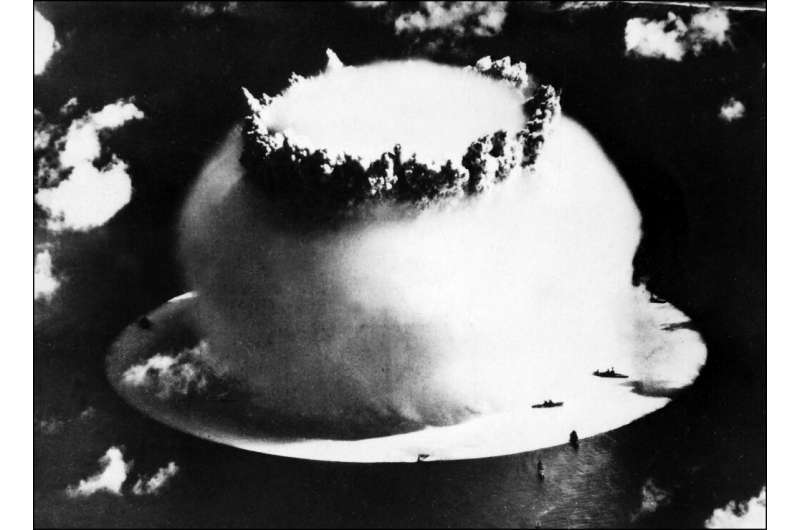
Soaring greenhouse gases, ubiquitous microplastics, pervasive “forever chemicals”, the global upheaval of animals, even old mobile phones and chicken bones—all have been put forward as evidence that the world entered the Anthropocene, or era of humans, in the mid-20th century.
Another major calling card of the Anthropocene will likely come as little surprise: the rapid surge in carbon dioxide and other greenhouse gases that are heating the world.
Humans have consumed more energy since 1950 than was used in the previous 11,700 years of the Holocene epoch.
This new power was used to dominate the world in a way not previously possible. Both land and animals were deployed to feed the exploding human population.
Humans and their livestock make up 96 percent of the biomass of all land mammals on the planet, with wild mammals representing just four percent, researchers estimated in 2018.
Supermarket chickens, bred by humans to grow far larger than natural, account for two thirds of the biomass of all birds.
In 2020, researchers estimated that the mass of all objects made by humans has now exceeded the weight of all living things on the planet.
Smaller pieces of plastic called microplastics have been detected on the planet’s highest peaks and at the bottom of the deepest oceans.
Substances called PFAS or “forever chemicals,” created for products such as non-stick cookware, are also being increasingly identified across the world.
Pesticides, fertilizers, increasing levels of nitrogen of phosphorus, even the buried skeletons of humans—the list of potential Anthropocene markers goes on.
“One of the signals that you would want to see from the Anthropocene is humanity responding in a positive way,” said Mark Williams, a British paleontologist and member of the Anthropocene Working Group.
The fossil record does not yet show a mass extinction, but one “is now very much on the cards,” he told AFP.